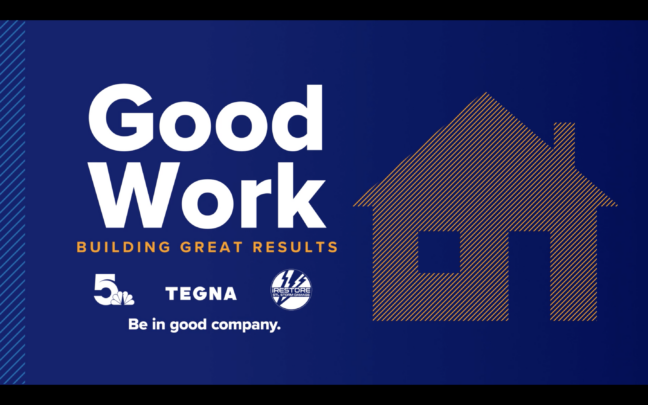Rookie Marketing Move: ‘We’re in a Small Area — We Don’t Need to Reach Many People’
Tips on how to get started with a marketing campaign that increases both your reach and your sales as a small business.

Small businesses in small towns may lean on local customers, but that doesn’t mean they can ignore the importance of reach in their advertising strategy. Even if your target customers are primarily local, you’ll miss out on opportunities to grow your business if you fall for this rookie marketing move and rely solely on the customers you already have.
In this post, we share some tips on how to get started with a marketing campaign that increases both your reach and your sales as a small business.
3 Reasons to Focus on Growing Your Reach (Even in a Small Town)
1. Engage current customers to stay top of mind and build new relationships. Broadening your reach includes not only focusing on new customers but also retaining the customers you already have and nurturing those relationships by reaching them in new places and new ways. For example, engaging existing customers on social media encourages repeat sales and will also be seen by prospective customers.
2. Reach new customers in your area who don’t know you exist. Even if your business is located in a small town, don’t make the mistake of assuming everyone knows you. By expanding your reach, you gain exposure among people who may never have heard of you.
3. Earn business from visitors and people in surrounding areas. Your town might not be a tourist destination, but chances are it will still get visitors, whether it’s people conducting business, visiting friends or family, or just passing through from surrounding areas. Your marketing plan should include a way to attract these people to your business.
Tips to Expand Your Reach
Build an effective marketing plan and increase your reach with these tips:
Stay Focused. Knowing your target audience is critical to ensuring that you use your resources wisely. Choose media channels where your ad will be seen by people who are likely to become customers. Defining your target audience includes demographics, such as age, gender, income level, plus their preferred communication channels—email, social media, traditional media—and what challenges they face, among other things.
Once you’ve established who your target audience is, use that information to guide your marketing decisions. Every decision you make, whether it’s choosing media channels, leveraging targeting options, building advertising schedules or determining the right frequency should be laser-focused on who you want to reach. Remember, you don’t want to reach everyone—you’re interested in the people who are most likely to become customers.
Leverage Local Search. When people are searching for the type of product or service you offer, are they finding your business? 72% of consumers who search online for a local business visit a store within 5 miles, making it an important source of new customers. But they won’t visit your store if it doesn’t show up in search results.Google uses a number of factors for ranking websites in local search results. Some of the factors—proximity, for example—are beyond your control, making it all the more important to invest the time and effort necessary to rank well for the things you can control. Some of these things are a matter of attention to detail, such as ensuring that your name, address and phone number (or your NAP) is consistent across the internet, on every page and every platform.
Others, such as link signals and on-page signals, are more involved. Simply put, link signals refer to how Google perceives your business’ level of authority, while on-page signals refer to relevance. Link signals can get complicated, but a good way to start is by completing your Google My Business profile. On-page signals can be addressed through content, images and meta descriptions.
The important thing to bear in mind is that by paying attention to the things you can control to improve search engine rankings, you’re likely to see improvement.
Claim (and Monitor!) Local Listings. Claiming your local listings is a good way to help customers find your business online. Since Google is the champion among search engines, claiming your listing on Google My Business is a must. Other relevant sites include Yelp, Bing, Yahoo Local Listings and the Yellow Pages or YP. Ensure that your profile is current and complete, and monitor your listings to stay on top of customer reviews.
Encourage Online Reviews. Speaking of customer reviews, encourage your loyal fans to write and share positive reviews. It’s a great way to build brand evangelists and can be one of your best marketing tools. Ask customers to provide reviews on Yelp, your website, and even shout-outs through social media to leverage the power of word-of-mouth marketing. Data collected by the Pew Research Center indicates that as many as 82% of Americans read online reviews before buying a new product.
Increasing your marketing reach isn’t just for businesses in large population centers. By leveraging your connection to the local community and targeting your ads to reach likely customers, you have the opportunity to build relationships and increase exposure to maximize your success.





















